Researchers said that by switching to e-cigarettes, tobacco users may reduce their exposure to certain carcinogens or carcinogens.
For six months, the research team followed 520 smokers who wanted to reduce cigarette consumption by at least 50% but had no plan to quit smoking. They observed whether the use of various electronic nicotine delivery systems (ENDS) used by approximately 10 million American adults would lead to a reduction in cigarette consumption.
Study participants were randomized to receive ENDS containing 0 mg/ml (placebo), 8 mg/ml, or 36 mg/ml nicotine, or alternative cigarettes without nicotine.
Throughout the research process, the researchers encouraged participants to reduce cigarette consumption. At the end of six months, compared with other study groups, participants who received 36 mg/mL nicotine ENDS (its nicotine release was similar to cigarettes) reported a significant increase in the number of people who kept smoking cessation.
“Overall, the smoking cessation rate is very low because none of the participants in the trial had a plan to quit smoking, and they did not receive advice to quit smoking within these six months,” said Jonathan Foulds, professor of public health sciences at the School of Medicine. Lead author of Pennsylvania State University and research on nicotine and tobacco .
“However, over time, we have noticed a gradual increase in the number of people receiving high-nicotine delivery ENDS to quit smoking. This trend was not observed in people receiving placebo ENDS or non-ENDS cigarette substitutes.
“This is the first randomized clinical trial of e-cigarettes. It was found that compared with placebo e-cigarettes and non-ENDS cigarettes, nicotine e-cigarettes significantly increased the smoking cessation rate during the six-month follow-up.”
Nicotine delivery problem
Previous trials have examined the effects of ENDS on smoking cessation, but the researchers pointed out that many of the studies used equipment and liquids with unknown or unproven nicotine release profiles.
“One advantage of our research is that the nicotine delivery of a specific ENDS device paired with the different liquids used in this study was confirmed before the test,” said co-author Thomas Eissenberg, a professor at Virginia Commonwealth University. “Based on the results of our research, it is clear that ENDS, which is ineffective or less effective in delivering nicotine, may not help participants quit smoking.”
The researchers encouraged participants to reduce cigarette consumption by 50% within six months, and then reduce it by 75%. During the eight follow-up visits, they measured cigarette consumption and various biomarkers, such as exhaled carbon monoxide levels. They determined the proportion of participants in each group who reported not smoking in the previous week.
At the 6-month mark, 36 mg/ml nicotine bases (approximately 11%) were reported in significantly more cigarette abstinence than the groups at 0 mg/ml (1%) and cigarette substitutes (3%) . Approximately 5% of participants in the 8 mg/mL group reported quitting smoking at 6 months.
“We were surprised to find that the smoking cessation rate of the 8 mg/mL group was not significantly higher than that of the placebo group,” said Jessica Inst, a researcher at the Cancer Institute of Pennsylvania State University and an assistant professor of public health sciences at the Pennsylvania State University School of Medicine. (Jessica Yingst) said. “These results indicate that if ENDS cannot provide as much nicotine as cigarettes, then smokers using these devices are less likely to quit smoking.”
The researchers said that the main conclusion of this study is that when people try to reduce smoking and try ENDS, few people will quit smoking in the short term. However, compared with smokers who used placebo ENDS, smokers who continued to use ENDS and cigarette-like nicotine delivery (36 mg/mL group) were more likely to quit smoking in the short term and switch to ENDS altogether.
Having a nicotine delivery device similar to a cigarette may be more effective for contradictory smokers to quit smoking.
“In addition to having a higher smoking cessation rate at the end of the trial, the 36 mg/mL group also reported more non-smoking days than the other three groups throughout the trial period,” points out Caroline Cobb, co-author and associate professor of the Commonwealth of Virginia. University.
Not a panacea
The research team stated that more studies are needed to confirm and expand their findings, but they are encouraged that participants who are still smoking while using ENDS products did not experience higher frequency of serious adverse events. They noted that the medical monitors did not attribute any serious adverse events observed during the study to the use of the ENDS device.
“Our findings reflect many of the ENDS usage patterns found in other studies and in society as a whole,” said Foulds, a researcher at the Cancer Institute of Pennsylvania State University. “Many people use ENDS and continue to smoke for a while before quitting. ENDS is not a panacea, but our results support the view that the nicotine delivery of ENDS and cigarettes may be crucial to someone’s ability to quit smoking.”
Other co-authors are from Virginia Commonwealth University, University of Wisconsin-Milwaukee, University of Oakland, and Pennsylvania State University School of Medicine.
Jonathan Foulds has provided paid consultation for pharmaceutical companies involved in the production of smoking cessation drugs (such as Pfizer, GlaxoSmithKline, Johnson & Johnson); and represented the plaintiff in suing cigarette manufacturers as a dismissed and paid expert witness. Other authors’ disclosures can be read in the published manuscript.
The National Institute on Drug Abuse of the National Institutes of Health and the Tobacco Products Center of the US Food and Drug Administration funded this work. The National Center for the Promotion of Translational Science supports data collection. The content is solely the responsibility of the author and does not necessarily represent the official views of the National Institutes of Health or the Food and Drug Administration.


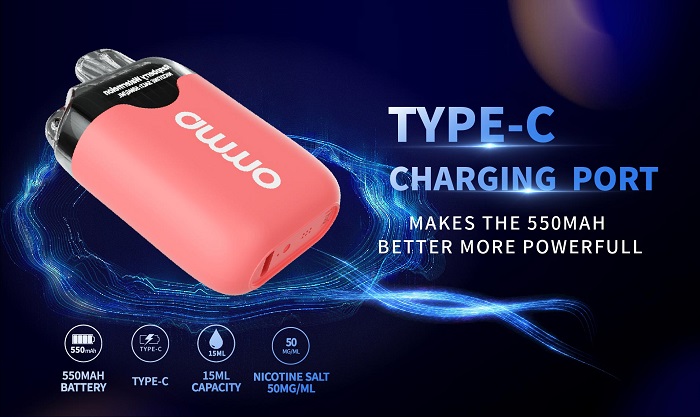
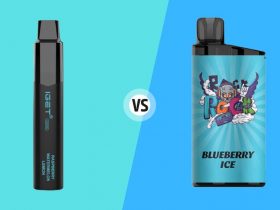
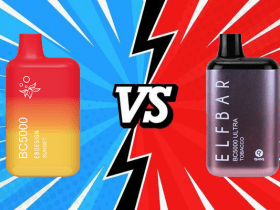

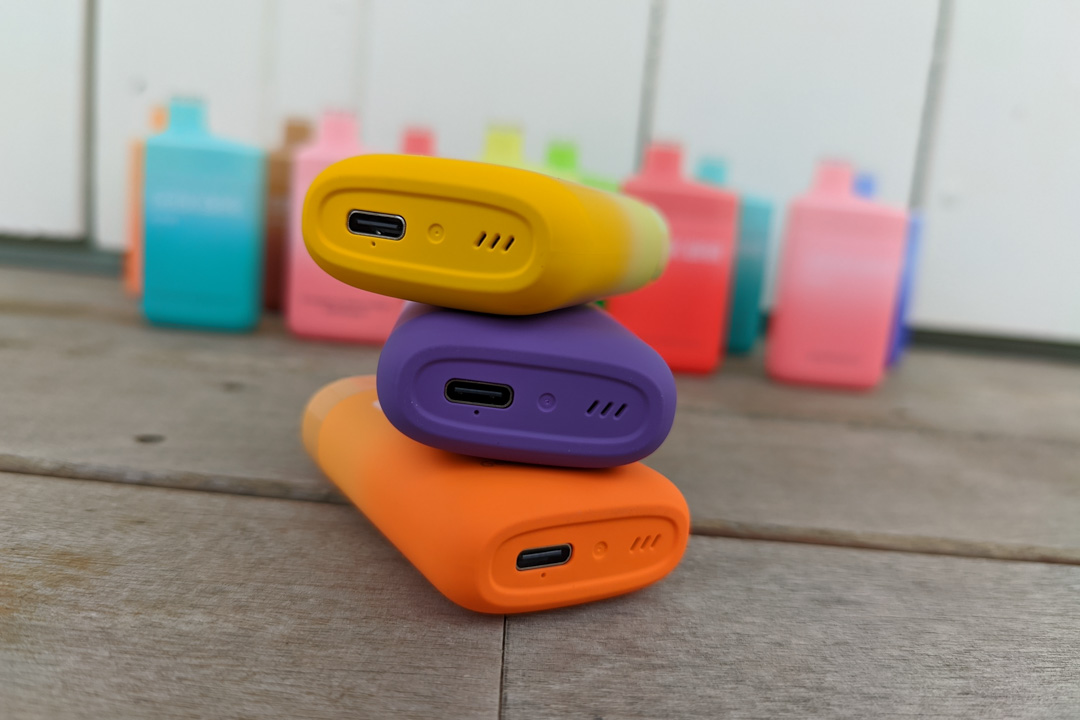

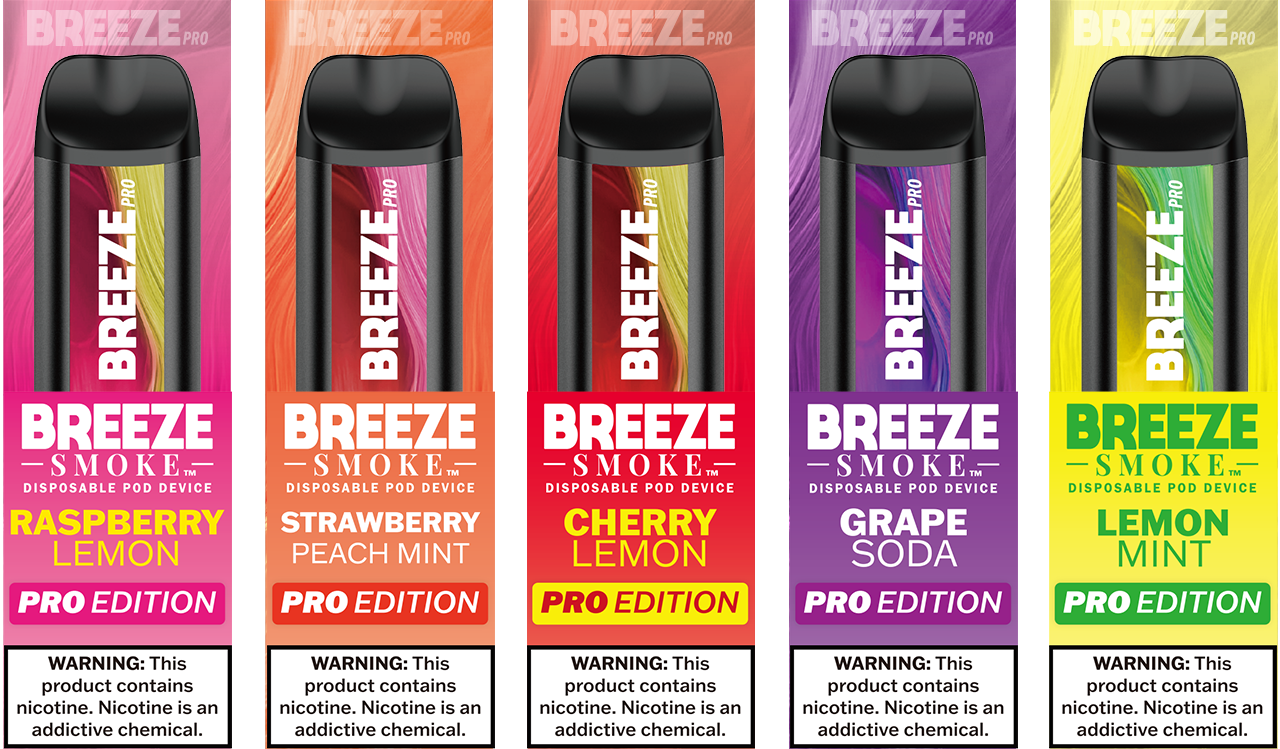


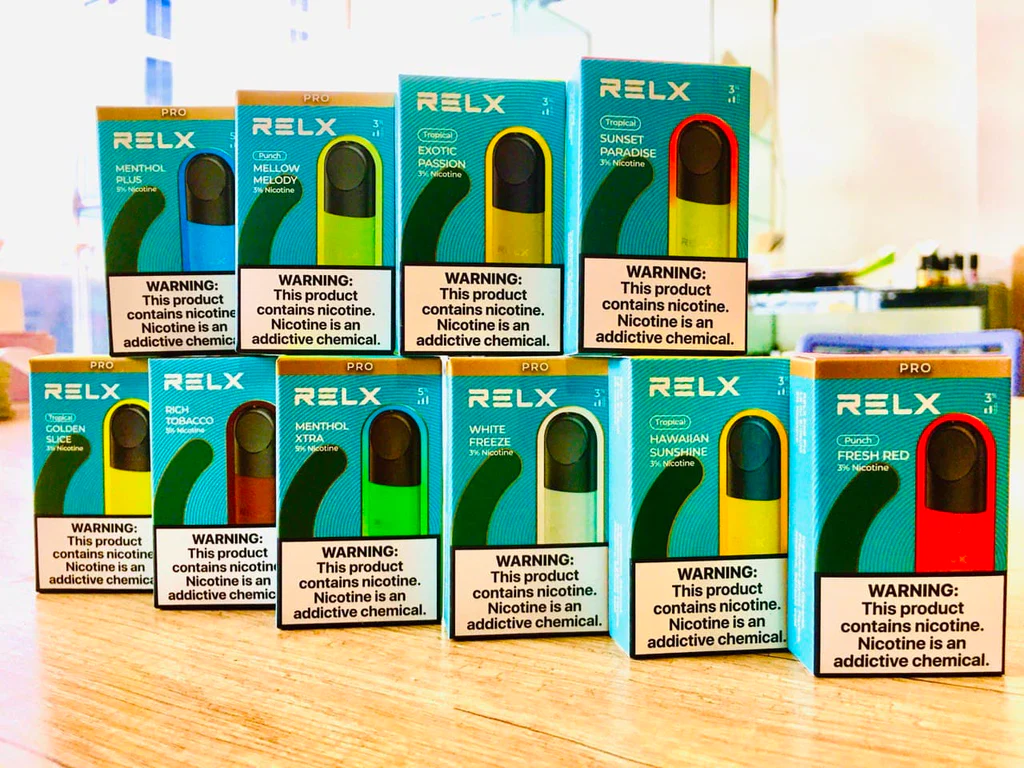

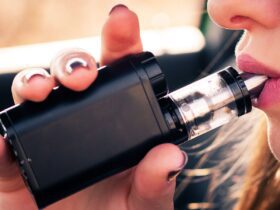



Leave a Reply